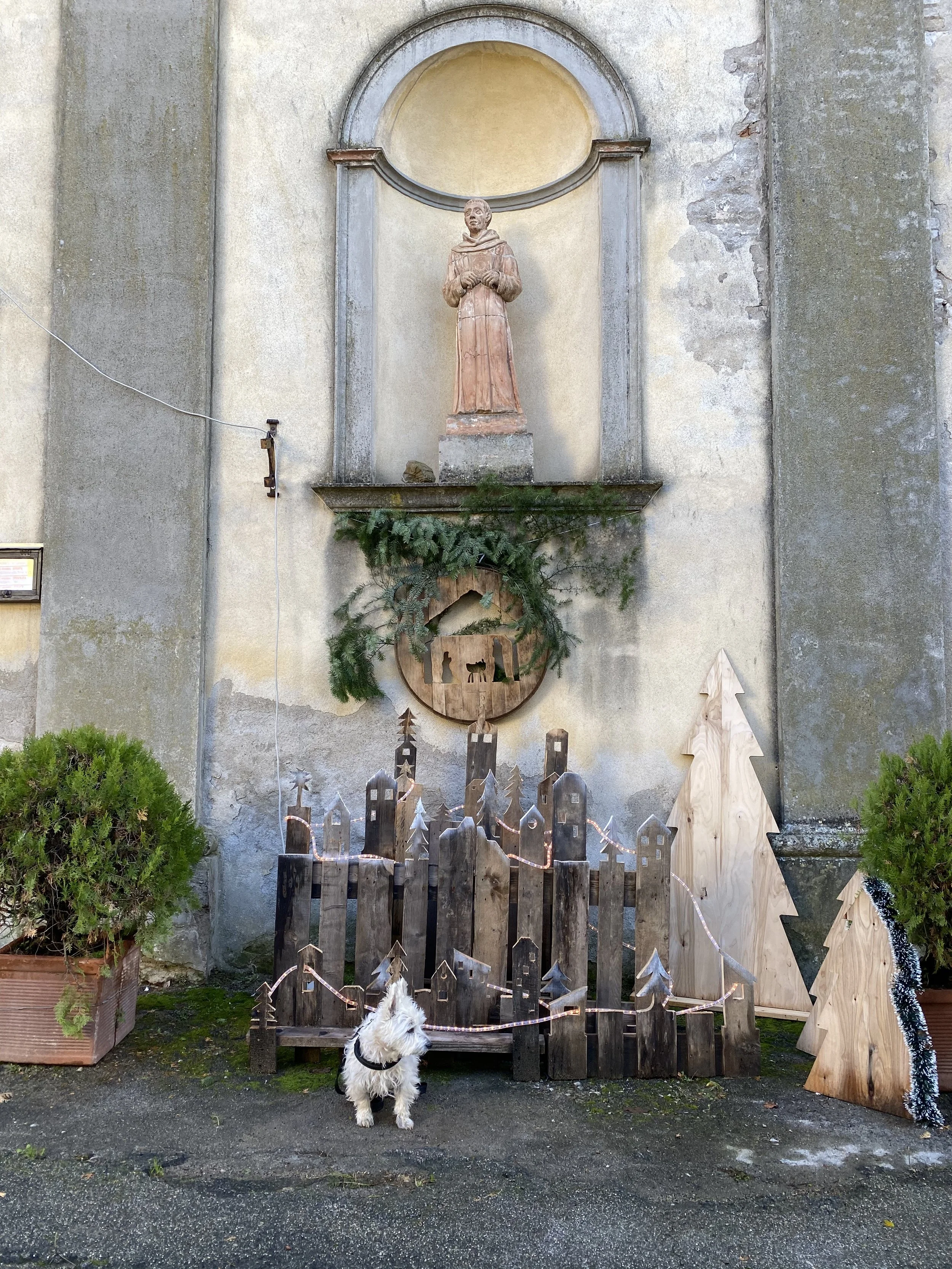Oh, Gelato
Food and Italy. Italy and Food. Both basically synonymous. Sure there is Pasta and Pizza, but what is the real undercurrent of food in Italy? What can be found the country over without a significant region difference? What is ritualistically consumed countrywide daily in the Summer months - or any month - sans any guilt? What holds its own spot in the daily pace of Italian life? Gelato of course!
Sure, gelato has regional flavors and each city claims to have ‘the best’, but gelato, unlike pasta, sauces and even pizza, has uniform principles in how it is made, how to purchase and how to consume it no matter where you find yourself in Italy.
Importantly, gelato is not ice cream. It is similar to ice cream, but has a higher proportion of milk and a lower proportion of cream and eggs (in some cases no eggs at all). Gelato naturally has about 5% milk fat versus around 17% for most ice creams (lending to its guilt-free consumption). There is also less air churned into it during freezing, which makes gelato much denser in texture. Furthermore, it is traditionally served at a slightly warmer temperature than ice cream, so gelato feels it feels softer and looks a bit glossier.
The best gelato is ‘fatto a mano’ or made by hand by a Gelataio, a gelato scholar and specially trained and certified in the craft of gelato making. When in Italy, it is critical to seek out gelato shops that have a sign ‘fatto a mano’. As it is illegal to post this if gelato is not actually made in-house, so you can be definitively sure to enjoy a truly authentic, fresh, perfect ‘artigianale’ gelato in a shop with this sign.
Other tell tale signs for a good gelato? Before entering, peek in the windows. Highly decorative, whipped high above the container is to be avoided. Gelato should be dense and not fluffy. Gelato kept flat in metal containers is best and gelato covered with metal lids is optimal. These are signs that the producer is ensuring that the gelato is maintained at the proper temperature (and also that their quality does not need to be seen to be purchased). Furthermore, look at the device used to serve the gelato. A flat metal spatula or spade is better than an traditional scoop. Most importantly, notice the color of the gelato. A good quality gelato will be made with natural ingredients that lend the color, not color additives. The color should be muted - pistaccio should be very light green and a bit brownish, not bright green. Limone (lemon) should be white, not yellow, and berry flavors should be deep, muted red and not bright shocking pinks , reds or purples. Lastly, I mentioned gelato is glossy, but it should not be shiny. If it is too shiny, it has oxidized and too old for consumption.
What are the best flavors of gelato? Well, like anything in Italy, the best gelato is seasonal. Meaning, the best gelaterias only sell fruit flavors that are in season…uh…because they use fresh fruit. A good gelateria will always serve Fior di Panna (or Fior di Latte), the pure cream or milk flavor. It is often recommended to taste this flavor to determine the quality of all flavors offered in the shop. If the flavor is pure, not too sugary, you can be assured all other flavors will be perfectly balanced. (Pro Tip here: You will always be allowed to taste gelato before ordering. If you are not allowed, leave the shop immediately and never return).
How can you find the best gelato shops within Italy? We already mentioned the look of the gelato and how it is presented, but the shop and flavor offerings provide amazingly accurate clues. Good gelateria shops do not need neon signs, flashing lights, huge plastic cones the size of a small child posted out front. They also do not offer touristy flavors like bright blue smuf-color ‘puffo’ bubble gum flavor nor cookies and cream. A good artisanal gelato shop will rely on its reputation, word-of-mouth and fresh ingredients. When in doubt, you can always find a local and ask them where they get their gelato…because surely, they eat ‘the best’ gelato on the daily and will be happy to send discerning customers to support their favorite gelataio.
What is the best way to eat gelato? Gelato is certainly a part of the Italian lifestyle and in general, enjoying gelato means slowing down and practicing in ‘il dolce far niente’ or the sweetness of doing nothing. It is slowing to a stroll while you chat with friends, sitting down to people watch or simply standing still and daydreaming. You will never see anyone eating gelato racing off to a meeting, whilst staring at a mobile phone or inhaling it at a hurried pace. The enjoyment of gelato extends beyond the delight of the tastebuds, but it is deeply meditative, deliberate and soothing. It is a nice break the day…late morning or afternoon…or both.
Gelato is far more than ice cream. As such it demands the time it takes to find the very best. This often means tasting at as many reputable, fatto a mano gelaterias as you possible can … on the daily. Gelato gives you permission to not only indulge in a sweet treat, but it also commands you to slow down, channel your inner Italian and partake in ‘la bella vita’. And… if you have been to Italy, you know. GELATO IS LIFE.
Authentic, artisanal, made my hand gelato is always part of your itinerary with THE CONCIERGIST, BELLA VITA VACATIONS and BICI ITALIA Italy Trips. Booking with us also can include a special Gelato Making Class! Contact us today!
Want a GELATO FLAVOR GUIDE? Click here



















